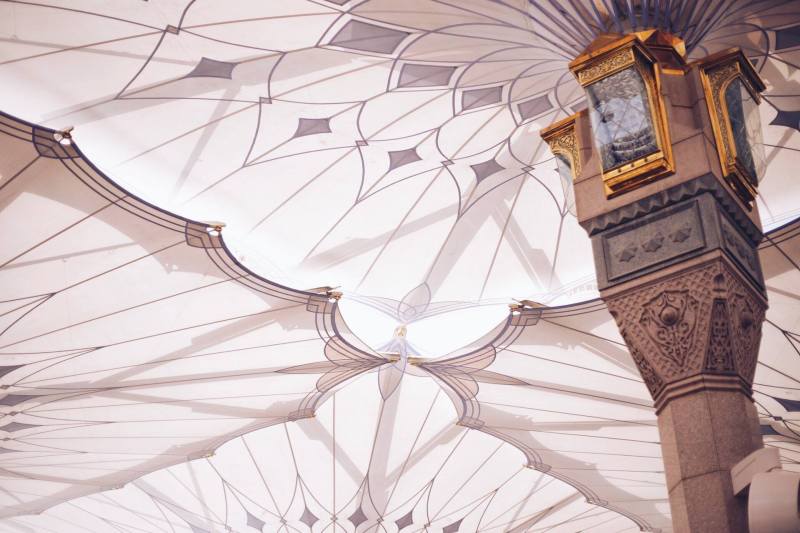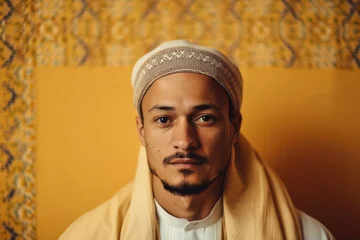The Prophet’s Mosque as a Rehabilitation Center
From its early days, the Prophet’s Mosque in Madinah served as a center for community upliftment. It was not only a place of worship but also a hub for religious activities, learning, governance, charitable work, and even basic medical care. At times, it functioned as a detention and rehabilitation center, as well as a setting for occasional leisurely pursuits.
The mosque’s multifaceted role in detention and rehabilitation is surrounded by several ambiguities. It accommodated male prisoners and even designated an enclosed area near one of its entrances for female detainees. In one account, a man named Thumama Ibn Uthal from the Bani Hanifah tribe was captured and bound to one of the mosque’s pillars. Later, following the Prophet’s instructions, he was released. After cleaning himself in a nearby garden, he reentered the mosque and embraced Islam.

But, Why Within the Mosque?
There were two main reasons for integrating a detention center within the mosque. Firstly, it ensured that prisoners—often captives of war—were treated with safety and fairness. Secondly, it afforded them a gradual, real-life insight into the essence of Islam and the values upheld by the Muslim community, owing to the mosque’s deep spiritual and social significance. Over time, many detainees were influenced by the Muslims’ way of life and chose to convert.
In reality, this facility was less about confinement and more about spiritual and psychological rehabilitation. The idea was not merely to punish but to transform detainees into reformed, positive members of society once they had served their time.

After experiencing a few days of confinement at the mosque, Thumama Ibn Uthal expressed his profound transformation. He explained how, once, he had regarded the Prophet’s countenance, the faith he preached, and the city itself with disgust. However, his experience led him to see all of these—his guide’s face, the new religion, and the city—as his greatest treasures.
Historically, the concept of a dedicated detention center in Islam is attributed to the fourth caliph, ‘Ali Ibn Abi Talib. The earlier caliphs—Abu Bakr, ‘Umar, and ‘Uthman—had followed the Prophet’s example by using the main mosque for detention purposes. Among them, ‘Umar notably purchased a house in Makkah for such use, acquiring it from a close companion at a considerable price. This practice was not entirely unprecedented; even during the Prophet’s lifetime, a residence once belonging to Ramlah bint al-Harith al-Najjariyyah was temporarily repurposed as a detention facility. In that instance, around seven hundred members of the Banu Qurayzah tribe were confined following a decisive judgment against them for their disloyalty during the critical Battle of the Ditch—a time when the survival of Islam was hanging in the balance.

In essence, the mosque was never intended to be a prison in the conventional sense. Its role as a rehabilitation center underscores the importance of reform, ensuring that those who depart from it do so not as hardened criminals but as renewed, constructive members of society.


Embracing Faith, One Insight at a Time!
The teachings of the Quran have always guided my path. With a deep passion for Islamic knowledge, I strive to blend the wisdom of tradition with the relevance of today, making the timeless messages of Islam accessible and meaningful for everyone.
Muslim Culture Hub is my platform to share historical insights and thought-provoking articles, exploring both well-known and lesser-discussed aspects of Islamic culture and beliefs. My mission is to create an inclusive online space where everyone can learn, strengthen their faith, and connect with the profound message of Islam.
Join the journey!
May peace be upon you.








